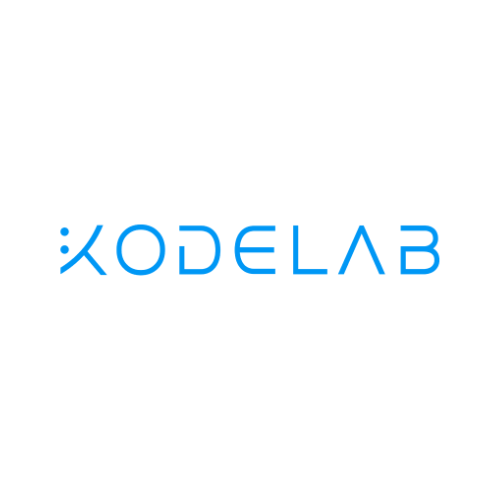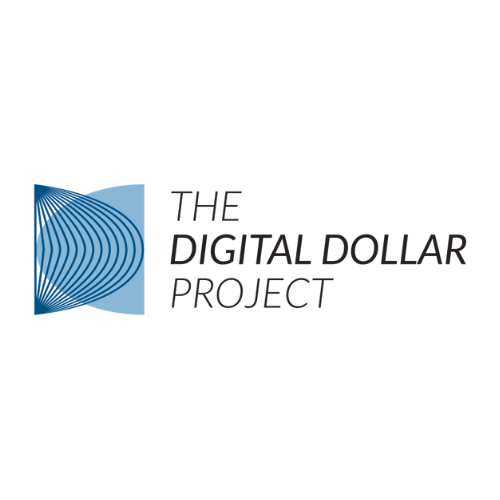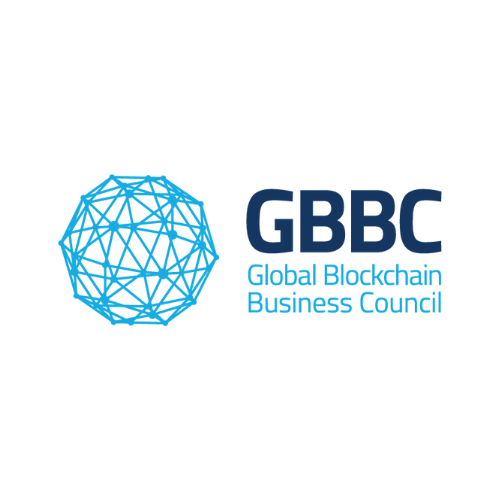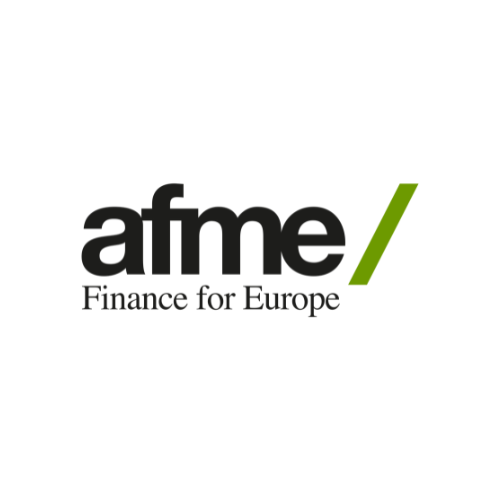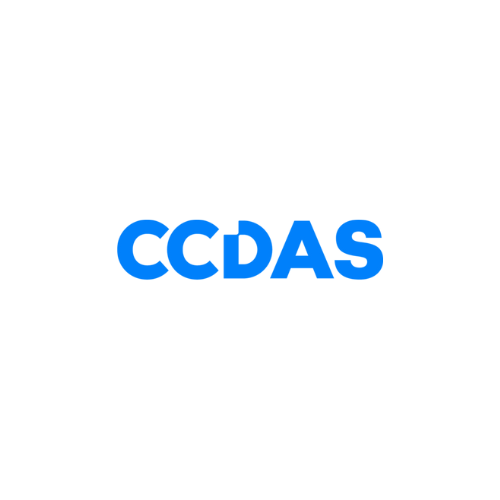Date: Wednesday 28 February 2024
Location: London, UK
On 28th February 2024, the Digital Pound Foundation held a roundtable entitled “Preserving the Singleness and Uniformity of a digital Pound”, in which we explored the challenges around preserving the singleness of money in the digital age. In the future, multiple different forms of money – both public and private, and both those currently in use as well as new forms of digital money – will co-exist. Each has the potential to fill a different niche in the ecosystem and to provide enhanced consumer and business choices, arising from their different characteristics, the technical functionality that they offer, the nature of their issuers and their risk profiles.
If we are to achieve a diverse, competitive, and effective ecosystem of these new forms of digital money, seamless interoperability, convertibility, and – above all else – preservation of the singleness and uniformity of a digital Pound in all its varied formats, will be required. Just as bank deposits can today be converted into cash, or e-money into bank deposits, the future evolution of money and payments will require equally seamless, trusted and invisible conversion between cash, bank deposits, e-money and other new forms of public and private digital money.
In a recent paper, the Bank for International Settlements observes that “singleness of money does not rule out varying credit risk across intermediaries. The value of private liabilities as stores of value could differ across intermediaries, in much the same way that in the current two-tier monetary system bank bonds or negotiable certificates of deposit (CDs) can trade at varying spreads. Singleness is an attribute of the payment, rather than private liabilities as a store of value.”
In the roundtable, participants explored this concept of the singleness of money, the extent to which it remains important at different levels of the financial system, and the practical ways in which it can be implemented, through legal and regulatory frameworks, technical interoperability, and settlement mechanisms.
Singleness of money in a digital age
Preserving the singleness of money will become ever more important as we move away from cash. It is not likely, however, that everyone will agree on the definition of singleness of money or how it should be preserved. The purpose of hosting this roundtable was to begin an ongoing conversation on the challenges and risks of digital money, with a focus on preserving the singleness of money in a rapidly changing financial landscape. Questions discussed included:
- What constitutes money in this new ecosystem?
- To what extent can private issuances and structures – such as stablecoins – be considered to be “money”?
- What happens if the singleness of money is not preserved? What are the impacts?
- In what way has uniformity or singleness of money been achieved historically?
- What are the additional challenges introduced by digital currencies?
- What are the legal and regulatory mechanisms by which the singleness of money can be preserved?
- How does interoperability contribute to preserving the singleness of money?
- How can both existing forms of money and new forms of digital money coexist in the monetary ecosystem, and how can settlement mechanisms preserve uniformity across these different forms of money?
The roundtable participants engaged in an extensive and detailed discussion on the concept of the singleness of money, particularly focusing on the challenges and opportunities posed by new forms of digital money such as stablecoins and central bank digital currencies (CBDCs). The dialogue encompasses a wide array of perspectives from participants representing regulatory bodies, financial institutions, non-bank fintechs, law firms, consultancies and technology vendors, providing a rich exploration of the implications of digital currencies on financial stability, trust, and the traditional monetary system.
Singleness and the Evolution of Money
The conversation began with an acknowledgement of the singleness of money as a foundational principle whereby different forms of money (cash, bank deposits, and – in the future – digital currencies) are interchangeable and maintain parity in value. The advent of digital currencies raises questions about the preservation of this singleness in a digital age, emphasising the critical role of trust and regulatory frameworks that ensure the uniformity of digital currencies to uphold this principle.
The history of money provides some important examples of the need for faith in the singleness of money, and the ability to convert between different forms of money. For example, in the past, US banks issued bank notes based on gold holdings due to customers’ fears that US dollar bills were being devalued – in this instance, they were effectively able to redeem dollar bills against gold, which they trusted more than the US dollar. This example highlights the importance of seamlessness and ease of conversion between different forms of money since this seamlessness builds consumer confidence.
At present, the singleness of money is preserved in two main ways across public and private money (commercial bank money): firstly, through settlement between banks and financial institutions via central bank reserves, which preserves uniformity of value across all commercial bank money; and secondly, through the ability for end users to withdraw commercial bank money in their deposit accounts into cash – a public form of money – on demand and at par, which preserves consumer confidence in the banking system.
Digital money can take many potential forms
The goal of singleness is not just to have one form of digital money (“one Central Bank Digital Currency or CBDC to rule them all”). Instead, we need seamless interoperability among different forms of digital money, allowing for co-existence and diverse use cases and risk profiles. Currently, we have public money (cash) for which use is declining, and we also have private money in the form of commercial bank deposits, where counterparty risk is effectively invisible to the consumer – i.e. a Pound at HSBC seems no different from a Pound held at Revolut – thanks to a well-established system of prudential regulation, deposit guarantee schemes and the ability for users to convert and exchange at par between different forms of money. This changes if we start using new forms of digital money such as stablecoins. One of the key problems, should the singleness of money break down, is that this could impact the efficient functioning of money as a unit of account and means of exchange, which – at its most extreme – effectively takes us back to a bartering system.
Participants delved into the systemic implications of new forms of digital money, expressing concerns about the potential for stablecoins to deviate from par value and the associated risks to financial stability. The discussion highlighted the necessity for robust regulatory mechanisms to ensure stablecoins’ redemption at par and manage the risks involved, underlining the complex balance between innovation and stability in the financial ecosystem.
One of the challenges may be the task of assessing, in effect, how ‘single’ money is right now. Do we need some metrics by which to assess singleness? And does the decline of cash matter in this regard or is the wholesale side posing the greater challenge? Perhaps the question is not so much the existence of physical cash but the theoretical knowledge that a user can access cash if they need it. If that consumer trust and confidence does not exist, the financial system starts to break down.
Tokenised Deposits and their Risks
Exploring new forms of digital money, including tokenised bank deposits (also known as tokenised commercial bank money) and the nuances between the structures and properties of different digital currencies, participants discussed the operational and technological risks associated with these. The distinction between tokenised deposits that are bearer instruments and those that are not was debated, highlighting the different risk profiles and the potential impact on the singleness of money.
Tokenised deposits are not anticipated to depart from par, given that the underlying deposits are firmly established as an accepted form of money, fractionally backed by a combination of central bank and other reserves and supported by a robust prudential regulatory framework and by deposit guarantee schemes such as the UK’s Financial Services Compensation Scheme.
It is hard to know, however, how they will be used – in tokenised form – in practice as this is still a new concept. Are they likely to be used as a means of payment like stablecoins? In effect, tokenised deposits are just deposits in tokenised form and deposits are simply a form of IOU. Deposits do not, in and of themselves, create a departure away from par. They have existed for hundreds of years and, given the regulatory and prudential controls around them, the extent to which the singleness of money is preserved in the case of bank deposits is generally not argued. So whether they are in tokenised form or not that should also not create a departure from singleness. The difference in risk profile would arise from the operational risk associated with using new technology, which can be mitigated appropriately, with the appropriate controls in place.
Stablecoins and their potential impact on the financial system
The conversation transitioned into a deep dive into the systemic implications of new types of digital currencies, particularly stablecoins. Participants expressed concerns over the potential for stablecoins to deviate from par value, influenced by market sentiments and trading environments. This raised alarms about their impact on the financial system’s stability and the trust of the end-users. The necessity for robust regulatory mechanisms to ensure stablecoins’ redemption at par and manage the associated risks was a recurring theme.
Niche stablecoins may grow in specific contexts, like gaming or retail payment systems but only systemic coins will be used at scale. If we get to scale, then this question of open versus closed system becomes more of an issue. As an example, Amazon’s ecosystem has advantages, but it is a privately owned system with potential risks. Consider Amazon money within a closed-loop system like an Amazon gift card. Once money has been added to that system, for example, by scanning in a gift card, the customer doesn’t need to take it out, as everything they need is probably in the Amazon ecosystem. This serves a purpose and consumers are generally happy to keep their money in that system. However, if Amazon were to become a significant player in financial services, it could substantially impact monetary policy and effectively take over large portions of the economy.
Redeemability is crucial for ensuring the stable value of digital currencies in emerging markets. However, as the market for stablecoins matures, the importance of this feature may diminish. A key challenge is convertibility—ensuring stablecoins can be consistently redeemed at par value without guarantees can be problematic. As stablecoins and other new forms of money continue to develop, concerns about their redemption would lessen if the system were functioning effectively. The goal of preserving singleness—where people confidently use a form of money—becomes more attainable when there is no fear of the money losing its value.
Education and transparency are essential for retail consumers, especially in today’s financial environment where withdrawing cash from ATMs remains easy, but depositing cash has become more challenging due to fewer bank branches. This raises questions about whether the singleness of money is threatened, given the underlying assumption is that it is preserved by continued public ability to convert commercial bank deposits into cash on demand. Additionally, there is a debate on whether consumers would prefer to shift away from systems like the Financial Services Compensation Scheme (FSCS), which offers government-backed protections, to systems lacking such safeguards. Furthermore, considering the current state and behaviour of black market and weak currencies, it’s worth questioning if the principle of singleness is consistently upheld across all currencies. To address these issues, solutions should focus on enhancing interoperability and convertibility and clarifying the trade-offs involved.
There is a need to maintain the value of stablecoins and the ability to redeem them into widely accepted forms of money. So to what extent does requiring interoperability impact forms of money and the associated costs for use, exchange and convertibility? Redemption at scale may only be needed as a fall-back – ultimately, a mass redemption scenario is not likely to occur under business-as-usual conditions and could arguably be regarded as a recovery and resolution event, so is investing in singleness and frictionless redemption necessary? Will a focus on preserving singleness through enabling rapid redemption at scale inhibit the development of stablecoin markets and the realisation of their benefits, whilst only serving to address an exceptional problem?
There are different risk versus reward considerations for different forms of digital money which introduces choice – what does this mean for the singleness of money in a digital age? If we have smaller stablecoins versus systemic stablecoins when used at scale – will acceptance parameters differ? Building examples of use cases can help foster trust factors, as could developing principles for smaller stablecoin issuers. Organisations like Stablecoin Standard are already trying to set out these types of principles and standards to create trust.
Mandatory acceptance of any form of money is difficult to impose, and the definition of “legal tender” varies from jurisdiction to jurisdiction, as well as between colloquial and legal understandings of the term. Currently, some businesses do not accept cash; others do not accept card payments. What parameters would the Bank of England accept in the case of a CBDC and how the money can be used and accepted? And how might these vary for systemic stablecoins versus non-systemic stablecoins?
Interchangeability of money forms
New forms of digital money might not be designed for interchangeability with existing forms, potentially causing issues. Stablecoin design aims to limit seamless conversion back to fiat money. Merchants may accept alternative forms of payment to avoid fees and improve convenience. At present, most regulatory regimes envisage that stablecoins, where they are intended to be used as a form of money for payments and settlement purposes, need to be redeemable on demand and at par to maintain stability. However, not all stablecoin structures may be designed for payments and may not follow traditional yield curves, potentially offering a new type of instrument. There is a need for seamless off-ramps for stablecoin users to avoid being left ‘holding the bag’ in case of price discrepancies.
Wholesale central bank money plays a key role in interbank settlements but there is a challenge when it comes to preserving synchronous value in stablecoins and non-bank issuances. The main challenge of stablecoins is that not only can they be used as a means of payment but also they can potentially be seen as tradable instruments in an exchange or trading venue environment, in which case market sentiments can drive their price in certain contexts, and that can cause deviation away from their par value. Requiring all fiat-referenced stablecoins to be redeemable at par and on-demand in either CBDC or a form of commercial bank money will play a strong role in self-correcting arbitrage opportunities that might arise as a result of such trading activity, as well as in maintaining confidence in the stablecoin as a form of money.
Solutions
There are various risks associated with moving away from the singleness of money including fragmentation, risks to monetary policy, financial stability and political risks. Potential technology, policy and regulatory solutions need to address these valid concerns.
Custody is vital in the development of a stable digital money ecosystem. Ensuring interoperability and security in digital money systems are also key concerns. Stablecoins may be used for different functions than a CBDC, thus providing new forms of innovation. The proposed introductions of holding limits on stablecoins and CBDC in the UK, aimed at managing the risk of deposit outflows from commercial banks and hence their ability to create credit, may also lead to different public perceptions of value for these new flavours of digital money.
Interoperability and Convertibility
Participants identified interoperability and convertibility as crucial aspects, focusing on the technical and regulatory requirements to facilitate seamless transactions between traditional and digital forms of money. This capability is vital for maintaining the singleness of money and ensuring consumer protection in the evolving digital financial landscape.
Settlement will continue to play a crucial role in preserving the singleness of money, and central banks should consider the extent to which they should support settlement via central bank reserves for non-bank issuers of new forms of digital money (e.g. stablecoin issuers, particularly at the systemic end of the spectrum) alongside commercial banks.
In the event of a bank run, consumers will still be likely to want to access cash readily via an ATM, or in the future to withdraw funds from banks into a digital cash equivalent – i.e. a retail CBDC. The same considerations exist around stablecoins.
Consumer Protection and Financial Literacy
The discussion underscored the importance of enhancing financial literacy and establishing clear consumer protection frameworks to support consumers in adopting digital currencies and their benefits, whilst being shielded from the complexities of their functioning in the same way that they are with respect to commercial bank money today.
Digital banking and new forms of digital money may require rethinking of consumer protections, particularly for those members of the public – the vast majority – who will not understand the mechanisms which exist behind the scenes.
Regulation as the Catalyst for Trust
Regulation emerged as a central theme, with participants agreeing that effective regulation can foster trust in digital currencies, providing a solid foundation for their integration into the financial system. The discussion pointed towards a future in which regulation enables and supports innovation, ensuring that digital forms of money enhance rather than compromise the financial system’s integrity and stability.
Participants discussed the extent to which trust in stablecoins could be preserved through central bank measures such as the provision of a liquidity facility to issuers of systemically important stablecoins. There are challenges in creating a liquidity facility for a stablecoin, including the difficulty of lending against strong collateral and the potential risks involved. Regulations can have unintended consequences, such as higher volatility in stablecoin markets, which can put pressure on banks’ balance sheets. This also raises questions about the US dollar’s status as a global reserve currency and how digitalisation could change what we take for granted in terms of currency stability.
Summary: How much does singleness matter? What next?
- In a scenario in which stablecoins become well-regulated as a form of money, and in which all tokenised deposits are non-bearer instruments, would the preservation of the singleness of money still pose challenges?
- We need to think about the point of view of the user – education, different use cases, different requirements – when does singleness matter and when does it not matter? Where could education be useful?
- Singleness of money matters primarily to consumers as the level of trust in singleness influences consumer behaviour and market stability – we need to consider further how we get to a point where lack of education is not an issue, and in which trust is as seamless as it is in commercial bank money today.
- Custody is an important consideration in the era of digital money.
- It would be helpful to model different options and what they could reasonably look like and look at scenarios of what is plausible as well as what happens in extreme events – how can we look at the importance of singleness of money differently in different scenarios? On traded markets versus in transactions between businesses and consumers, for example?
- Consumers do need to feel trust – but there is nevertheless room in the ecosystem for new forms of digital money, and this is a scenario which policymakers need to plan for.
Conclusion
The roundtable was enriched by the expert insights and diverse viewpoints of participants from both the public and private sectors and served to highlight the critical juncture at which the financial system stands in the face of digital transformation. Preserving singleness and trust in money, amidst rapid technological advancements, requires a collaborative, multifaceted approach involving regulation, education, and innovation. As the landscape of money evolves, so too must our strategies for ensuring its stability, utility, and integrity, whilst also ensuring an environment that supports innovation and global leadership.
If you are interested to attending one of our future events, or indeed becoming part of the Digital Pound Foundation’s membership community, you can subscribe to our FREE mailing list and visit our membership page for more details.
Want to learn more about the topic?
The following webinar was jointly hosted by the Digital Pound Foundation and Fireblocks, a member of the DPF, in November 2023. We explored the concept of the singleness of money and the practical ways in which it can be implemented through legal and regulatory frameworks, technical interoperability, and settlement mechanisms. We also looked at what constitutes money in this new ecosystem and the extent to which new private issuances and structures, such as stablecoins, can be considered to be “money”.















